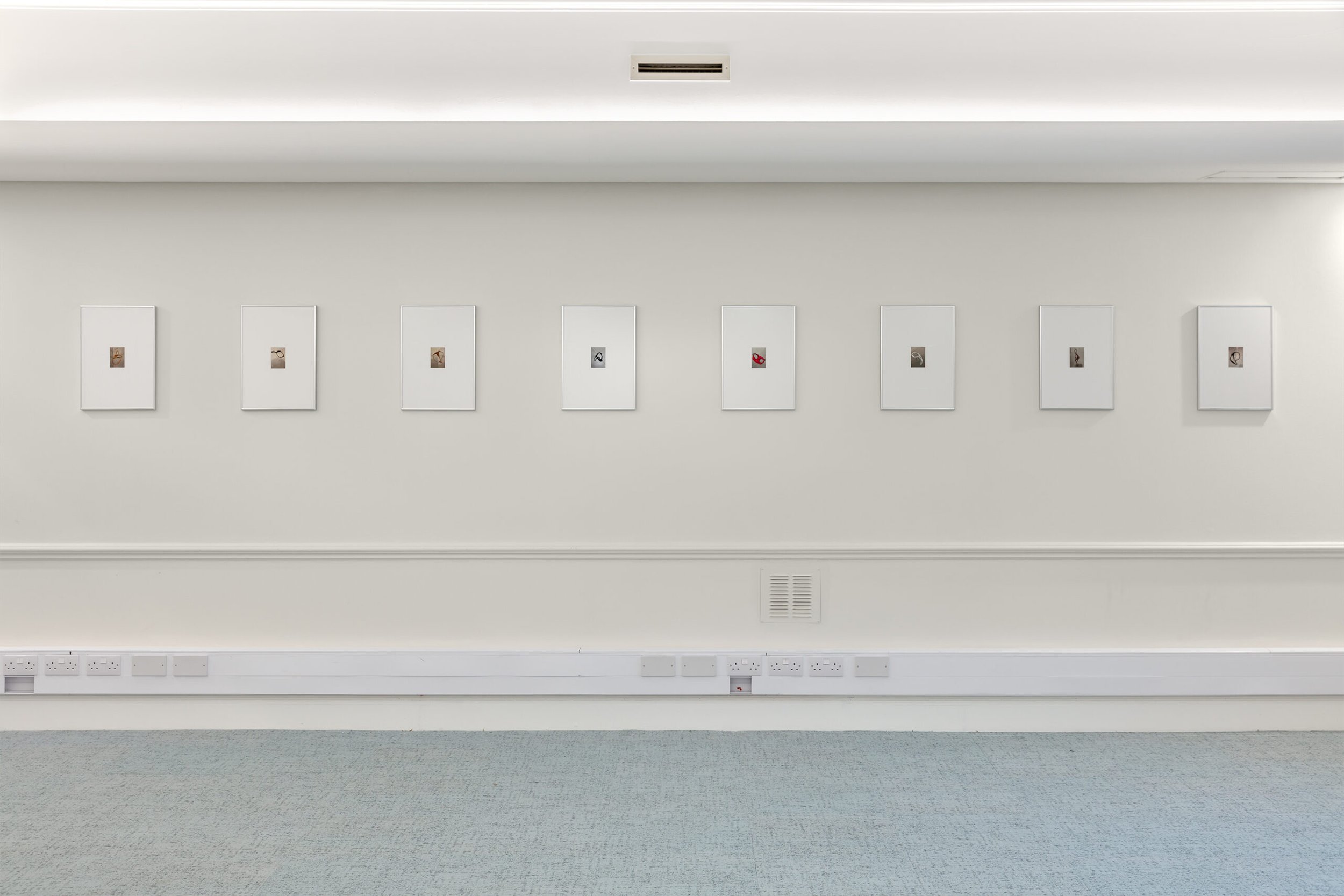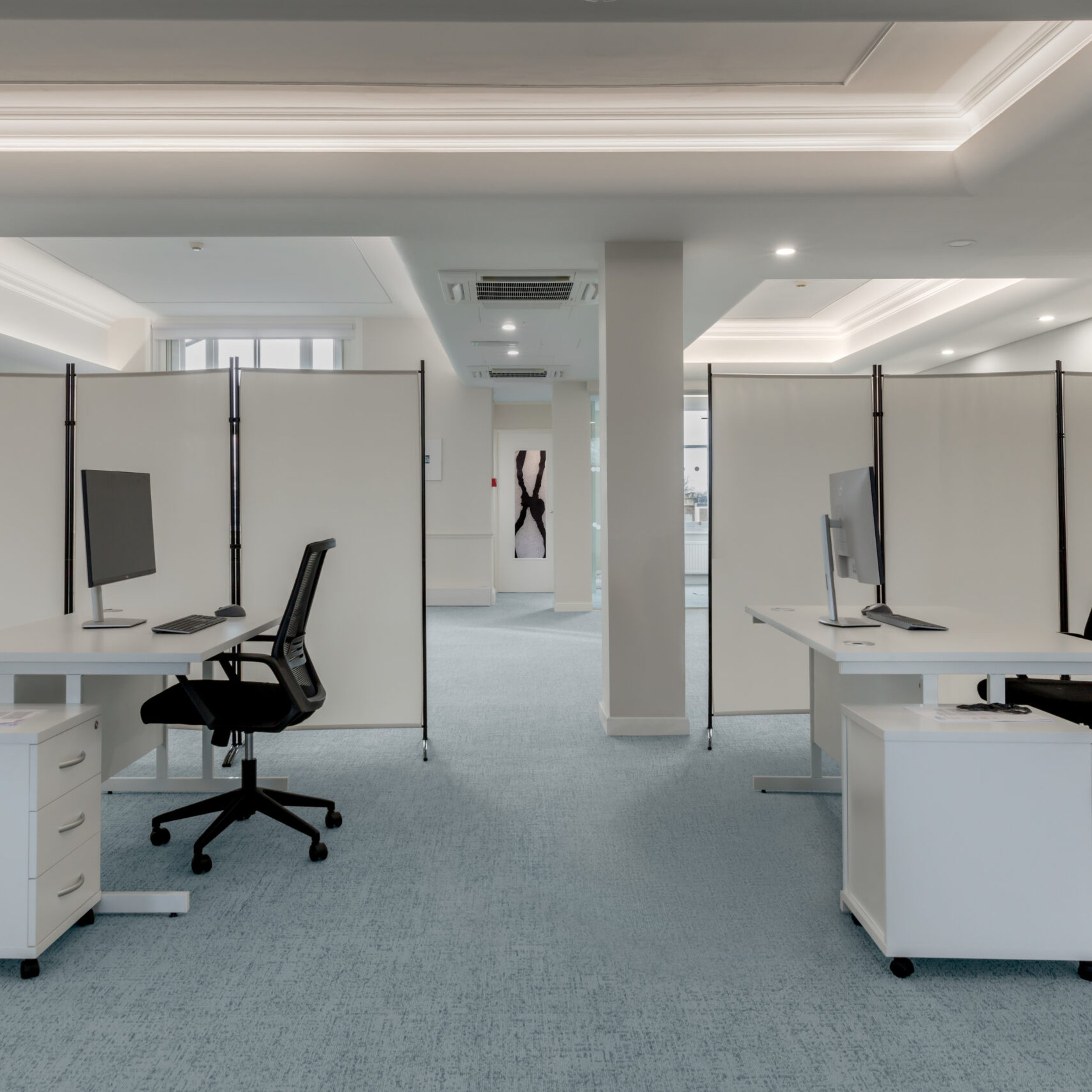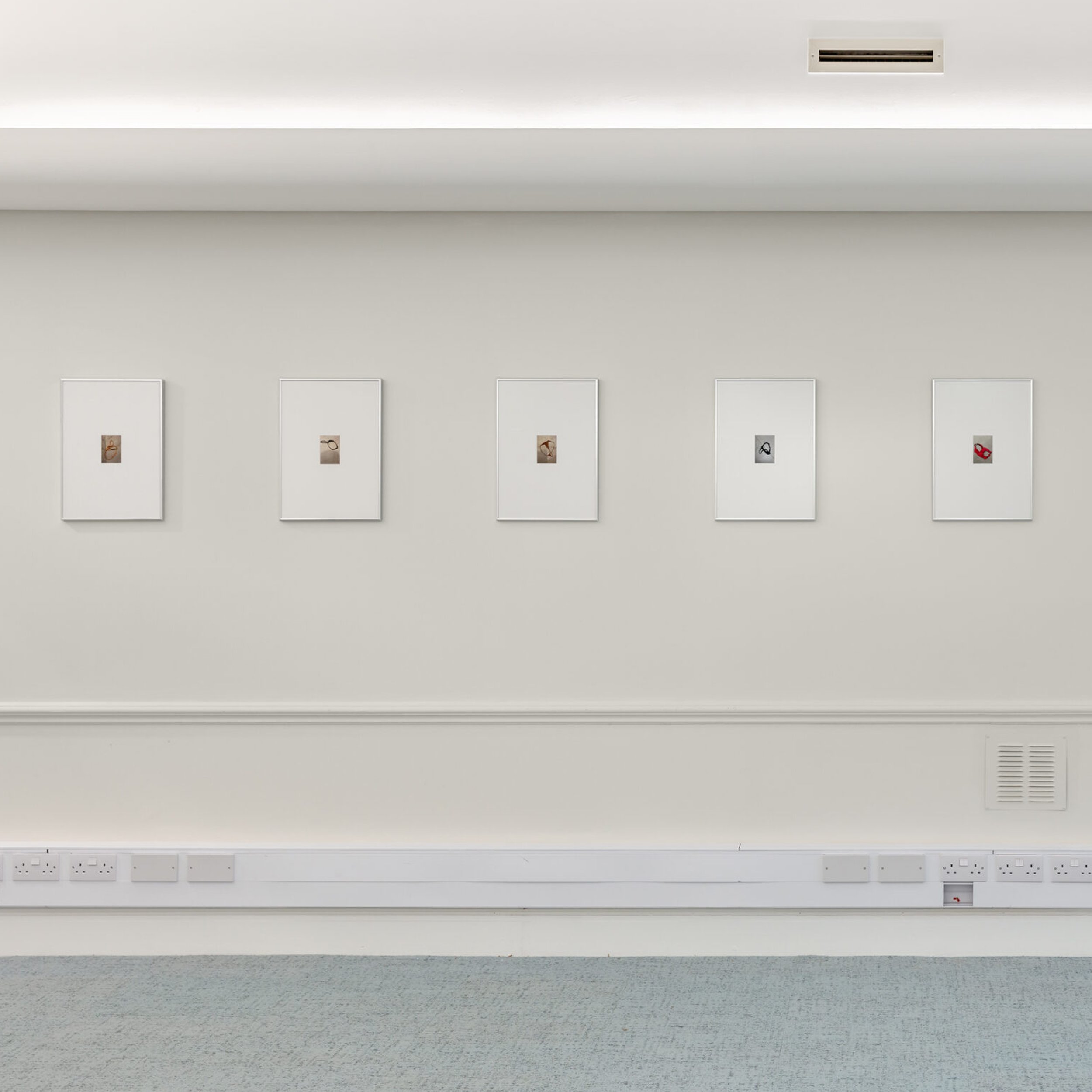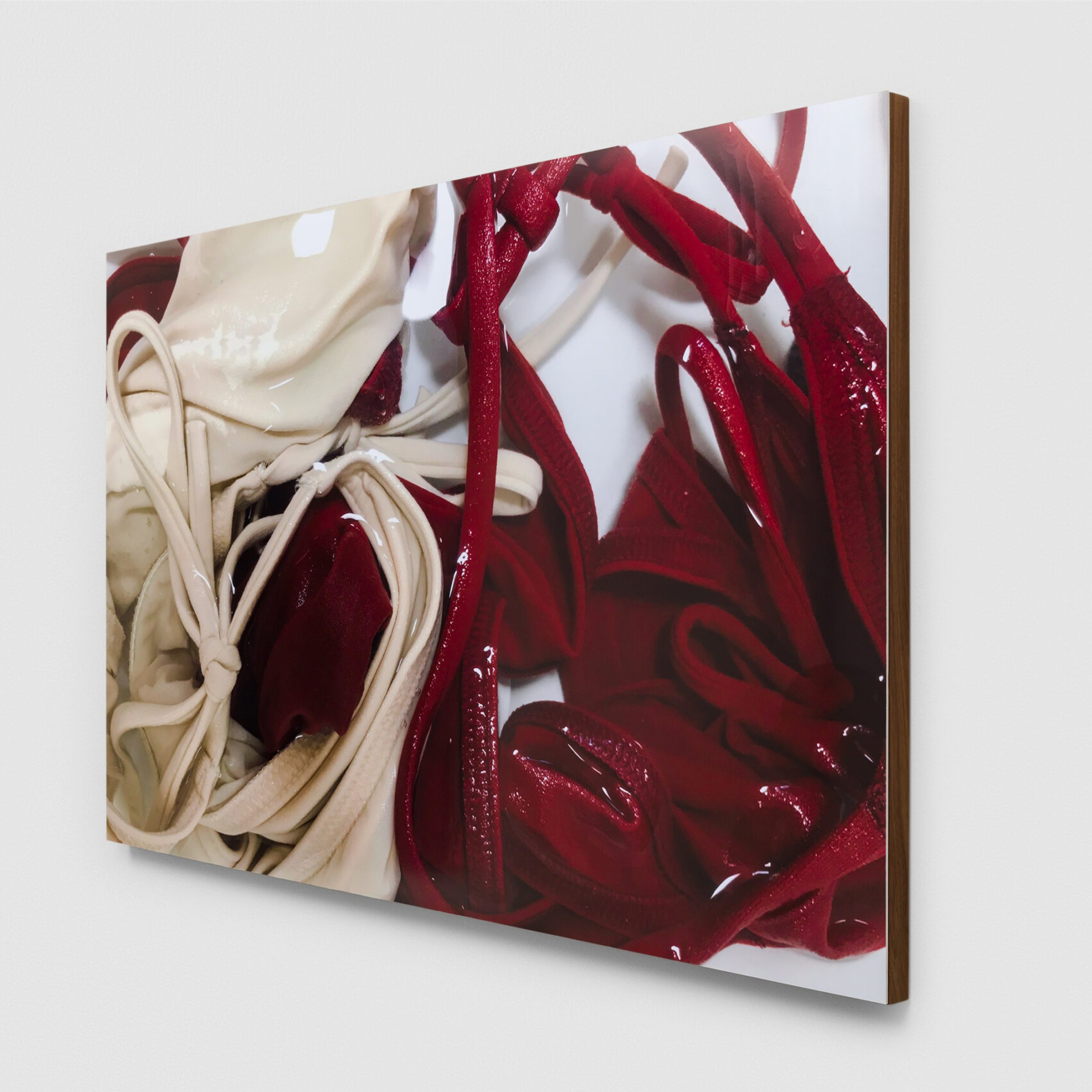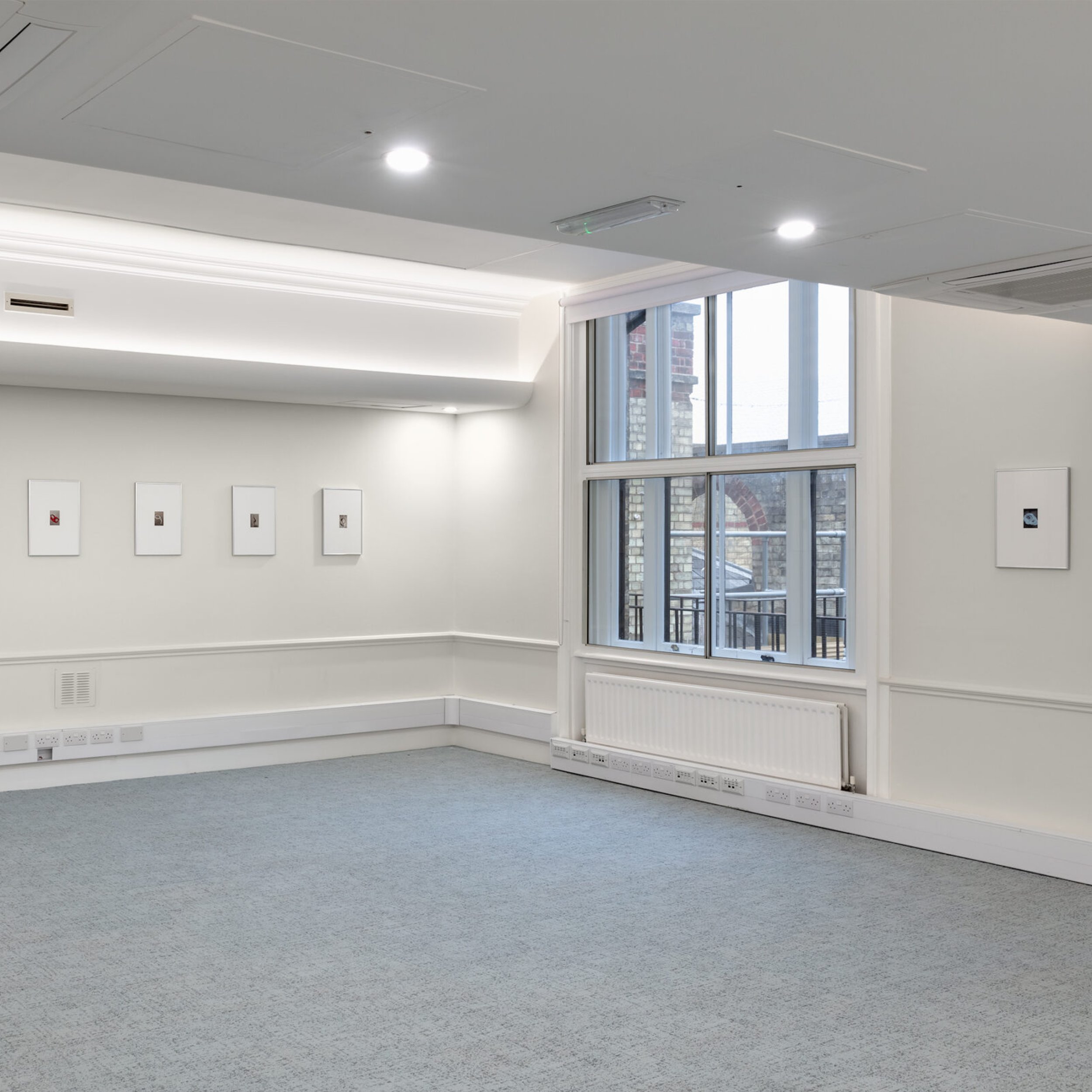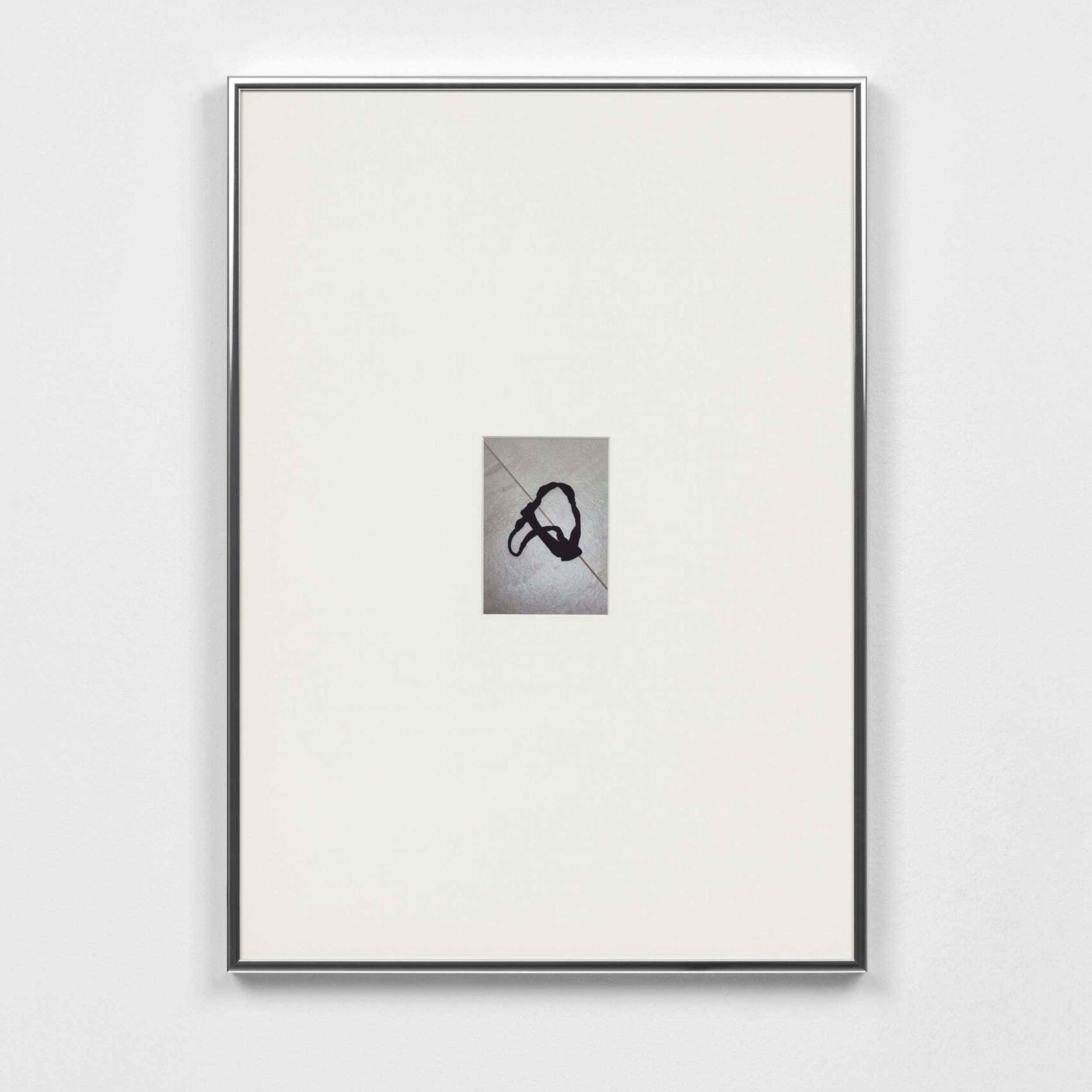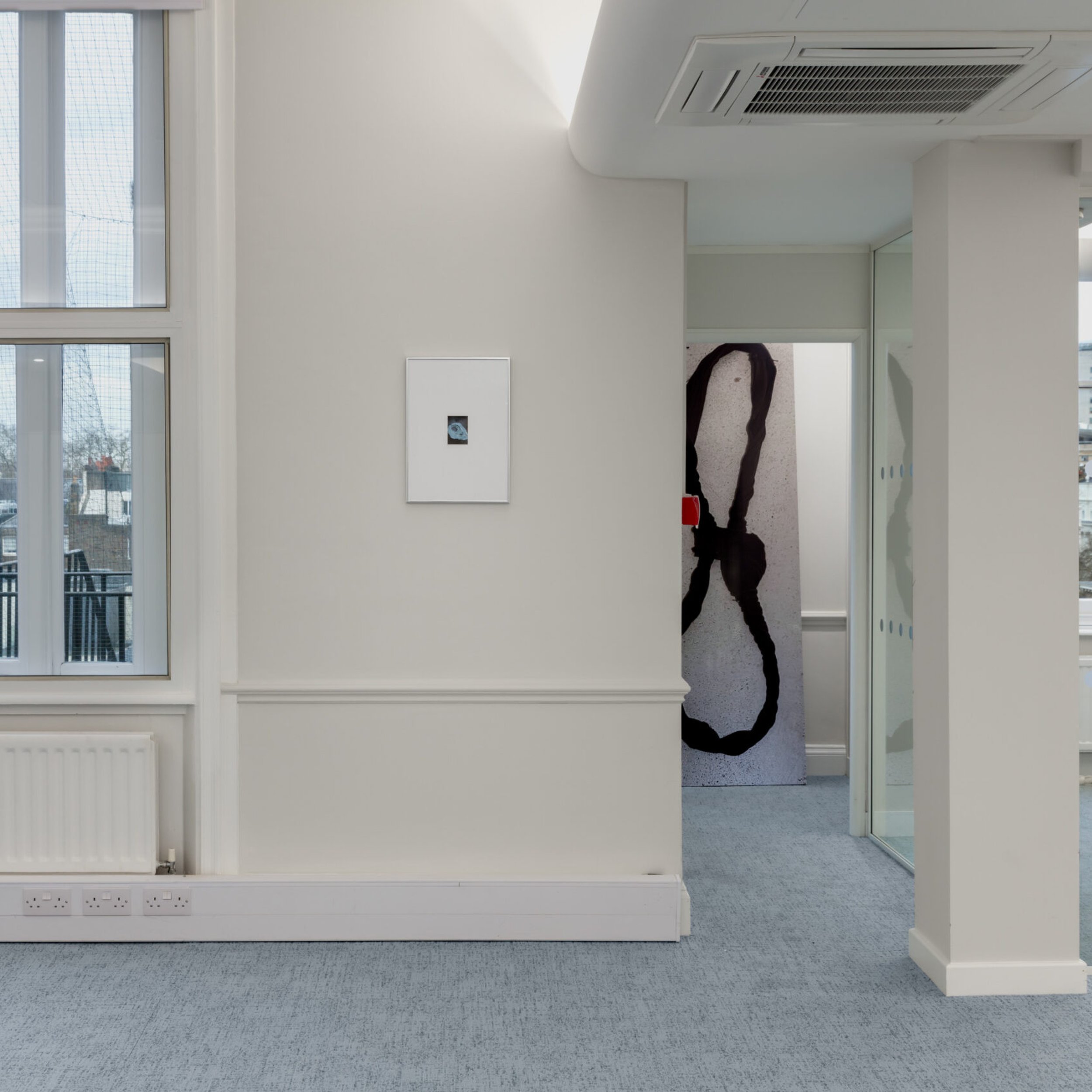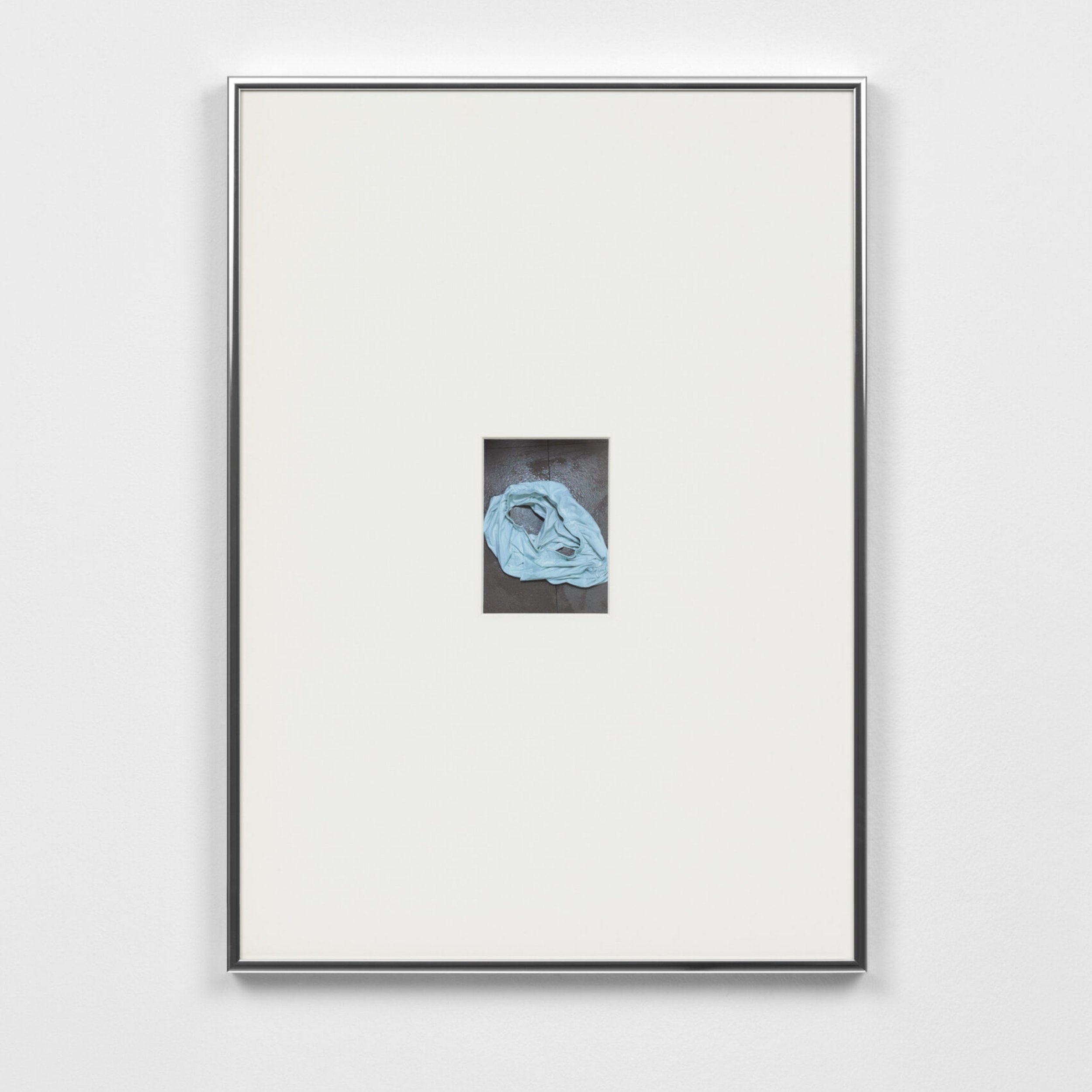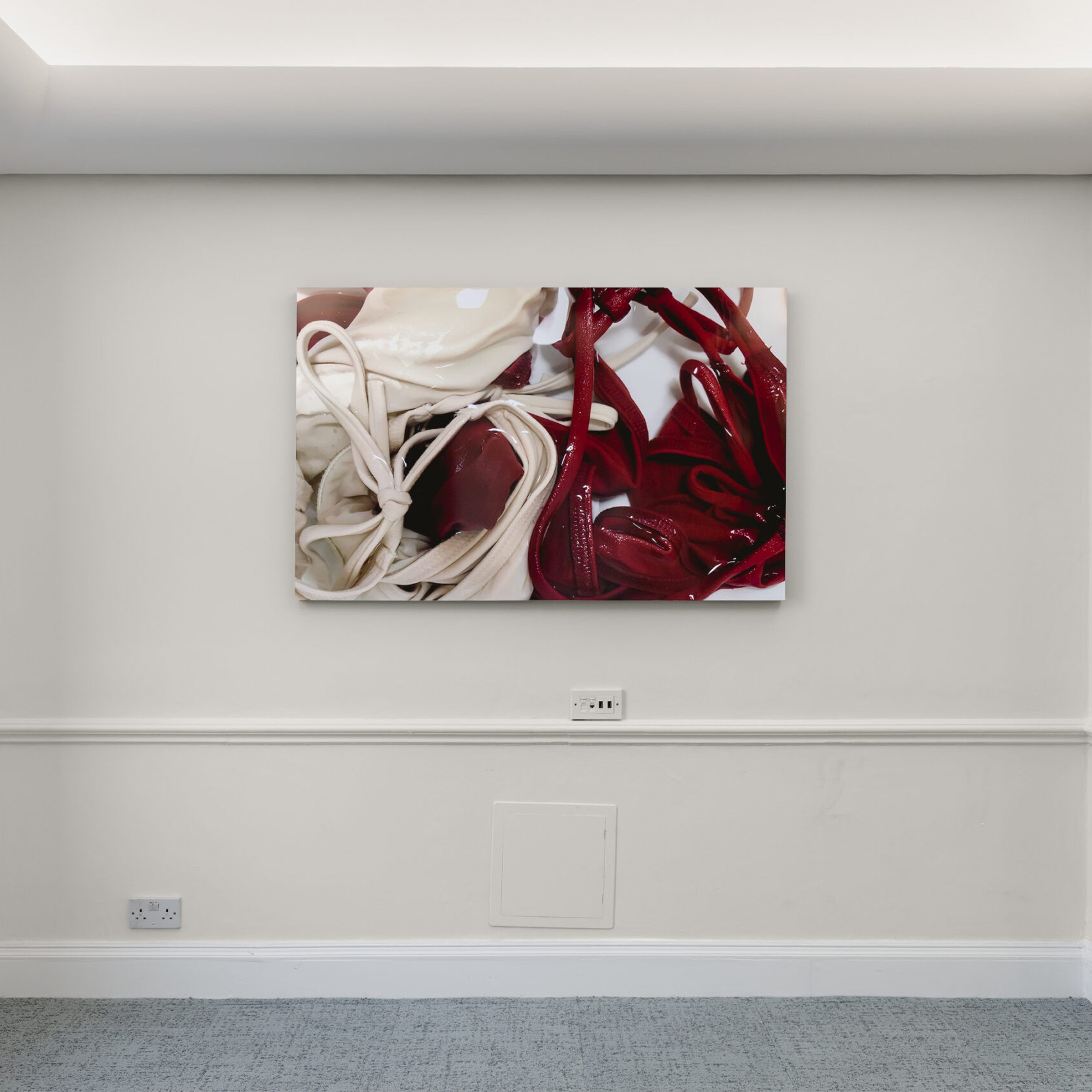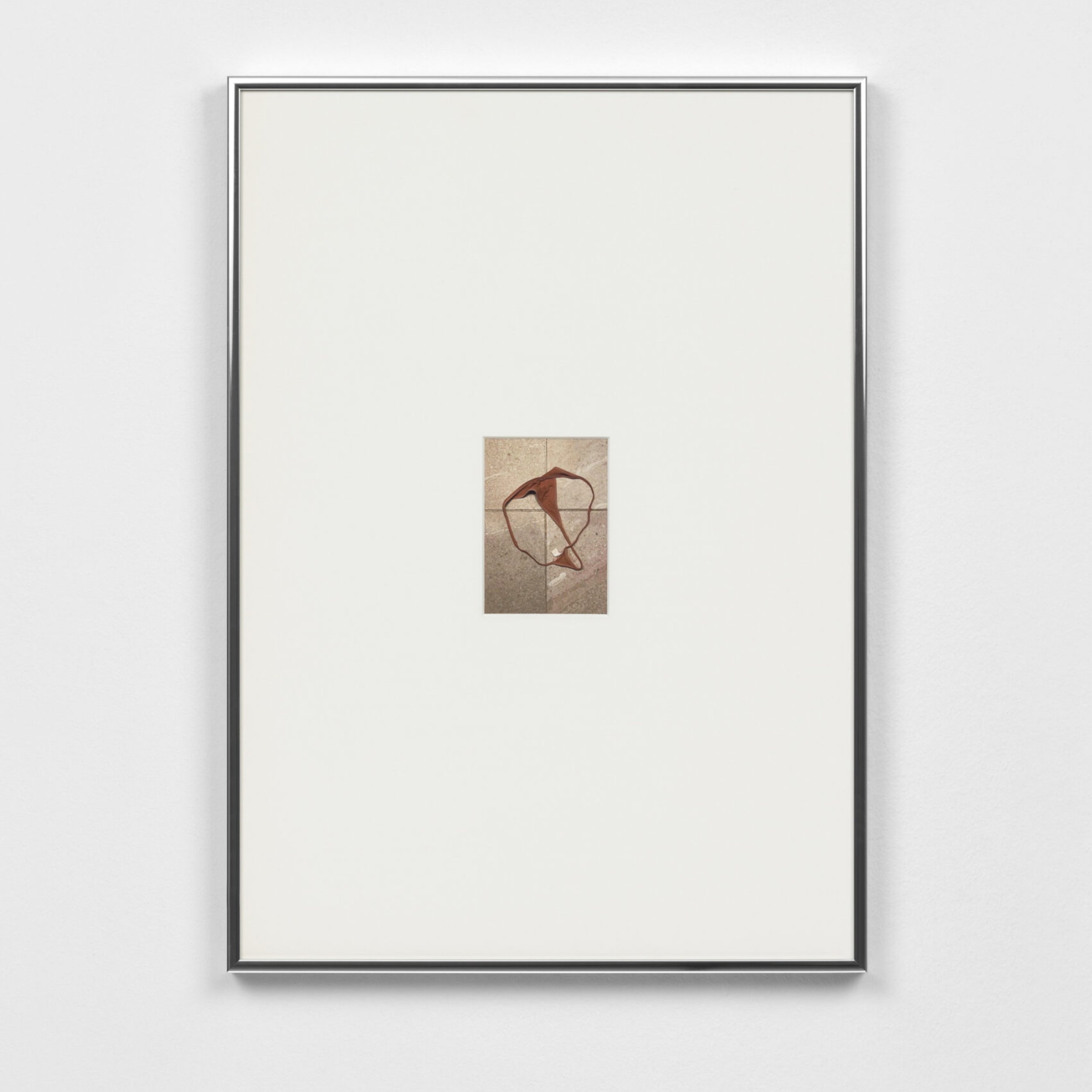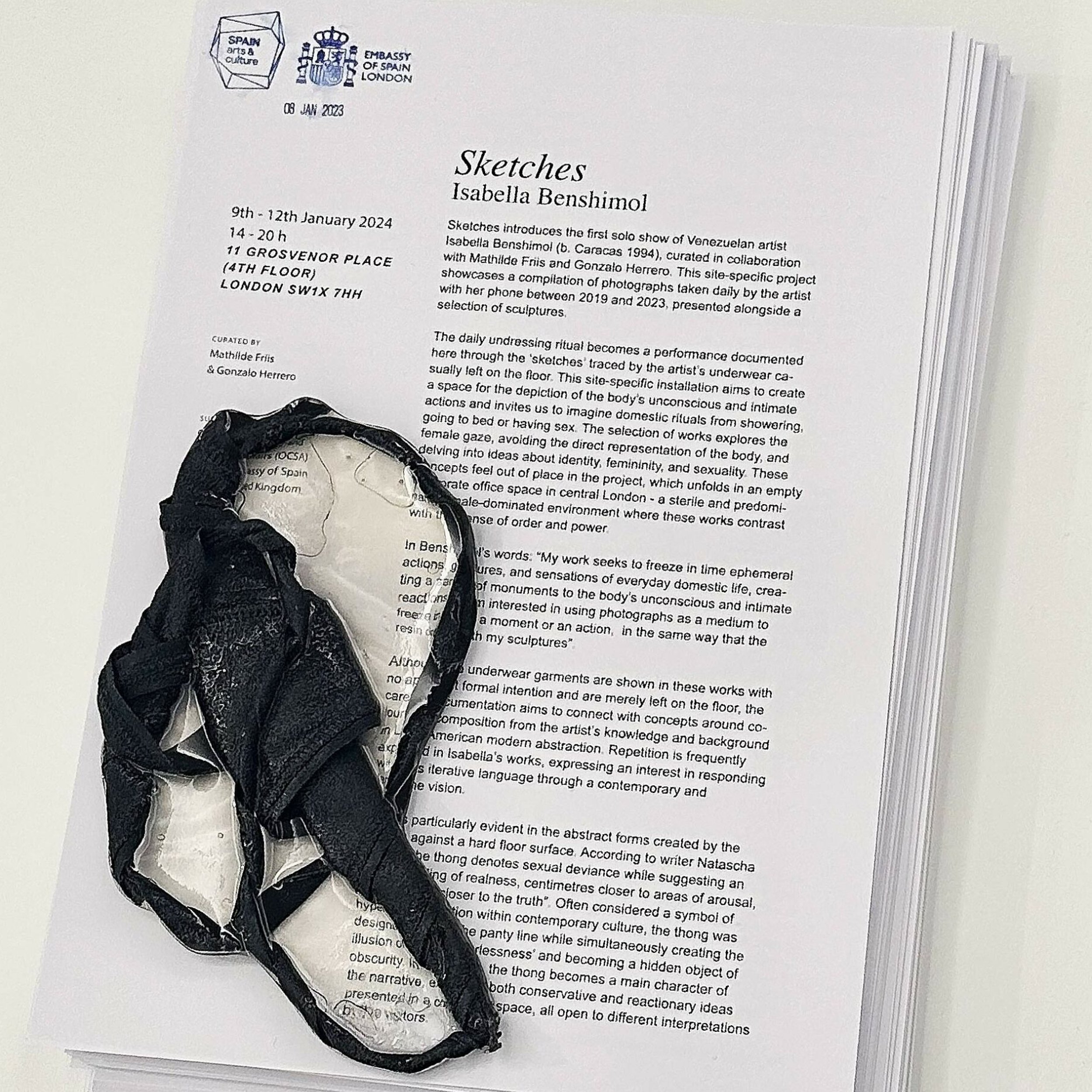Isabella Benshimol TORO - IN CONVERSATION
Last month, we printed and mounted for Isabella Benshimol Toro, a London-based Artist from Venezuela, as a part of her first solo show ‘Sketches’. The show opened in London from January 9th - 12th 2024...
Hi Isabella, it’s lovely to chat with you! Please introduce yourself.
I was born in Caracas in 1994 but then moved to Madrid when I was 11 years old, so I grew up there more or less. I received a BA from Nuova Academia di Belle Arti, Milan, in 2016 and then moved to London, where I did an MFA at Goldsmiths, University of London and graduated in 2020. I’ve been based in London since.
I work across different media, but my current practice draws from performance to photography into sculpture and installation. Lately, I’ve been working with used clothing, epoxy resin, silicone, and other domestic or personal found objects. With my practice, I seek to freeze in time ephemeral actions, gestures, and sensations of everyday domestic life through the absence of a body. I am interested in using resin to freeze in time a moment or an action in the same way a photograph does.
When did you start your journey as an artist and how has it been up until now?
My first projects during my BA were always related to performance and installation. I was drawn to creating white and almost clinical spaces where I would film myself performing different actions with different props. Interestingly, when I see those works, for instance, Whale Vomit Can Make You Rich, 2016, I feel a bit embarrassed (haha), but I recognize my current practice and see a clear evolution. My practice has been driven by a great interest in textures, as well as in creating spaces, actions and assembling objects that seem very bodily in themselves, cyclic repetitions that belong to the everyday and the intimate that are somehow decontextualized and create a sense of awkwardness and sometimes shame. Often teething between something that appears unusual yet bodily familiar, clean or dirty, pleasant and discomforting.
When I started Goldsmiths, I was very determined to become “a sculptor” but my work Salmonella Superbugs, 2019 made me understand that this was not possible for me; as an artist, I’ve never felt the urge or able to make decisions when creating a shape or a form not follow as a traditional path when casting. I’ve always been interested in the idea of the container, and that’s what has driven me to where I am now; I started using garments and questioned the concept of wearability through the need to contain a liquid led by the way a fabric works, the way it falls in the floors and reacts with the different agents I use, taking its own decisions as sculptures and not me as an artist.
How did Sketches come to life?
Sketches depart from the need to catalogue, select and reconsider an archive of images used as sketches for my sculptural and installation work. I have been taking these images that depict the act of undressing using my iPhone since 2019, and I have a folder that I look back at when I'm in the studio. I re-enact, sculpt and edit them to create with and from them a series of fossils or monuments to the unconscious.
I started calling them Sketches when I realised a black thong on my bathroom's grey floor looked like a quick-line black ink drawing. That was an inspiring moment and made me feel more like a "traditional" artist who does sketches.
I came together with Mathilde Friis and Gonzalo Herrero, two curator friends, last January after a break in my production with the idea that I wanted to make a book with more or less 200 images. After some time, I started understating these images as part of my work, too and not only the process behind it, and that's when I became interested in exploring the idea of reconsidering my photography as sculptural material.
What’s been your favourite part of the process?
Since this was my first time printing professionally, I was completely new to it and enjoyed so much my innocence and nativity in which I addressed it. Choosing the paper was so fascinating as someone drawn to textures and the weight of fabrics. The framing was very exciting, too, mainly when I address it as sculpture. I work with the Facility team, and they are so good and really get my thinking process and ways of not following classic ways of making.
Who’s your biggest inspiration/muse for your work?
This is a very tricky question. I grew up in a house surrounded by art, so I’ve had many inspirations that are somehow blurred and amalgamated in my memory. However, I would always have Elsa Gramcko, Mercedes Pardo, and Gegeo in my top three; great female Venezuelan artists have portrayed such a complex country so well.
Lee Lozano’s book Drawings 1958 - 64, published by KARMA, is definitely my book-muse.
Are there any recurring themes/concepts that you like to pursue in your practice?
As mentioned before, the concept of the container, the idea of containment, and the need to contain have always been interesting. I explore this through intimacy, the body as a container, which is inherent in my practice, and the everyday rituals within these intimate spaces.
Unconsciously, there’s a lot about the Geometric Abstraction legacy in Latin America in my practice, too, the need to work around the stiffness of the lines, the pure colours and shapes and the quest to use abstraction to talk about themes like intimacy, sexuality and gender.
“Although the underwear garments are shown in these works with no apparent formal intention and are merely left on the floor, the careful documentation aims to connect with concepts around color and composition from the artist’s knowledge and background in Latin American modern abstraction. Repetition is frequently explored in Isabella’s works, expressing an interest in responding with this iterative language through a contemporary and feminine vision.”
How is Sketches different from your previous projects and what does it mean to you?
Initially, it felt like I was doing something completely different from what I had done before. I did feel quite insecure as I am not a real photographer; I know some things about photography, but I took these images with my iPhone. After seeing them come to life, installed in the space, I’ve realized It’s just a different medium. Still, they were talking about the same topics and taking the viewer towards similar directions as previous works.
How has your experience been working alongside the Hempstead May team?
So exciting and enriching! I had some very determined ideas of the final idea and what I wanted to achieve. For instance, with the Sketches, I knew I wanted a really small size as it’s the same size as the screen of my iPhone and regarding paper. I know I wanted the image to look like a matt drawing. They were so open to trying to understand and translate this into the selection of paper, finish, and feel. Soph was so excited about the project, giving me a lot of confidence that I was on the right track with my decisions.
How do you feel printing your work vs. keeping it digital changes the perception of the project in itself?
It’s a whole different thing, especially regarding sizing. The chosen sizes of the bigger prints were so complex and so important, too, as I am super interested in the unconscious conversation that happens between the body of the viewer and the size of the image, as the work talks about the body through the absence of it so there needs to be a bodily reaction when the viewer approaches it.
What can people expect from Isabella next?
I have a few upcoming shows in London that I am very excited about, especially my next solo show at ZERUI, a gallery in South East London that will be up for the London Gallery weekend. Sketches has opened up a new medium in my practice that I’m starting to feel more and more comfortable with, and I can’t wait to explore it more.




